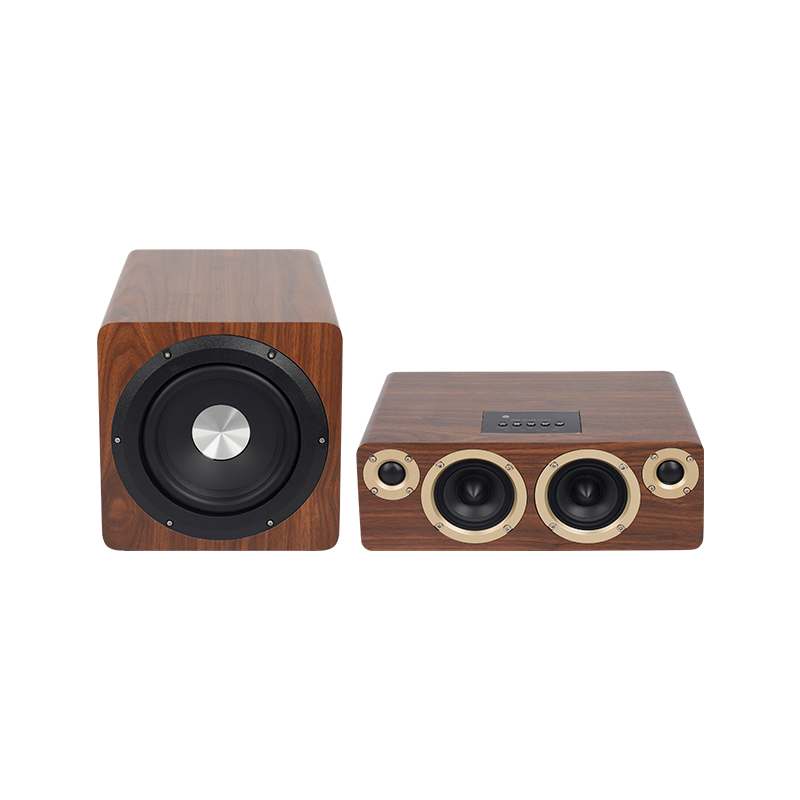After consumers have selected the speakers that are suitable for them, the next task is to position, install and debug the speakers. Since the home theater system has a set of strict specifications for the installation, positioning and debugging of speakers, it means that users can only get ideal sound by following these specifications to install and debug speakers. The editor has also mentioned some relevant installation steps and debugging methods for home theater speakers, but they may only be explained for a special environment, which may not be suitable for other home environments. Therefore, we will introduce the installation and debugging of speakers in general family environment, hoping to give consumers a guide.

Installation of front channel speaker
The front sound channel is composed of two main speakers and a center speaker, referred to as LCR sound channel. These three speakers need to be responsible for most of the sound in the sound field, so it is very important to install them. According to the height of THX ears, we can get a good sound field and correct life self positioning. For some consumers, you can try to install the center speaker on the upper or lower edge of the display device, and then adjust the radiation direction of the sound phase. However, one thing must be noted in this method, which is that the included angle between the installation height of the center speaker and the two channel speakers cannot be greater than 10 degrees, so as not to damage the voice image positioning and sound field.
Installation of surround speakers
The surround speakers sold on the market now include dipole radiation speakers and traditional direct radiation speakers, facing the current 7.1 Provincial Highway AV system. Four surround speakers are required. Generally, four dipole radiation speakers can be configured, or the side channel uses dipole speakers, and the rear dart uses direct radiation speakers. There are also some specific requirements for the installation of these speakers. For example, the direct radiation speaker points the radiation direction to the listening position just like the front LCR channel, and the dipole speaker needs to point the "zero zone" of the speaker to the listening position. In terms of the installation height of the speaker, according to the example of THX, the installation height is about 1.8m~2.2m, so consumers need to use the speaker bracket to fix the speaker on the wall. Now some speaker manufacturers will launch corresponding speaker brackets according to their products when producing speakers, so as to facilitate consumers' purchase and use.